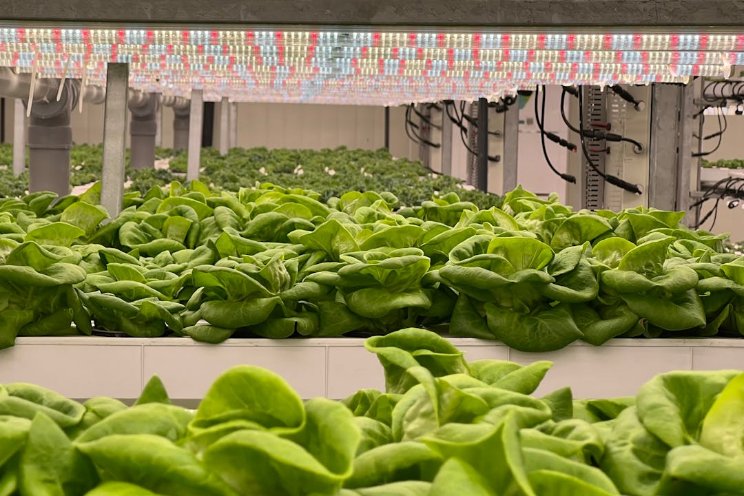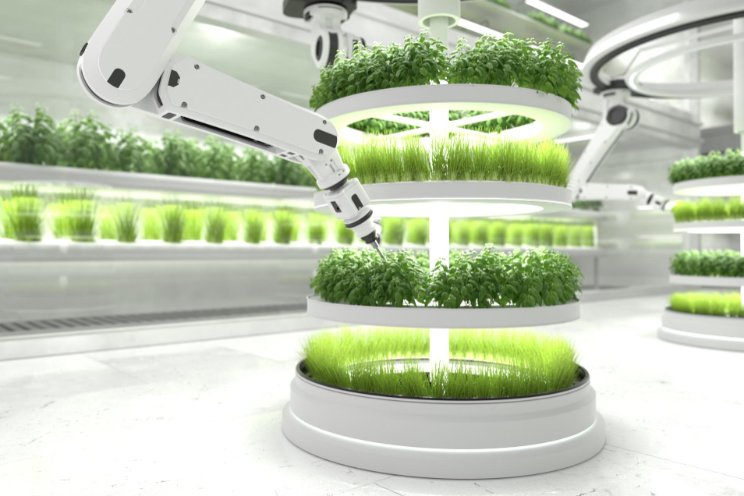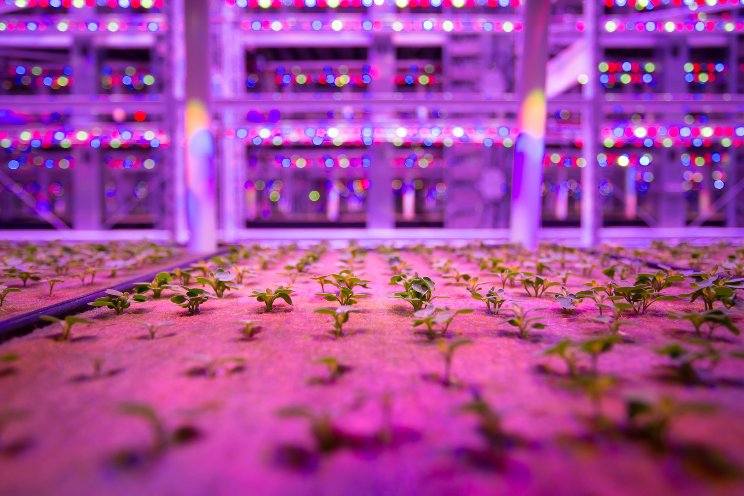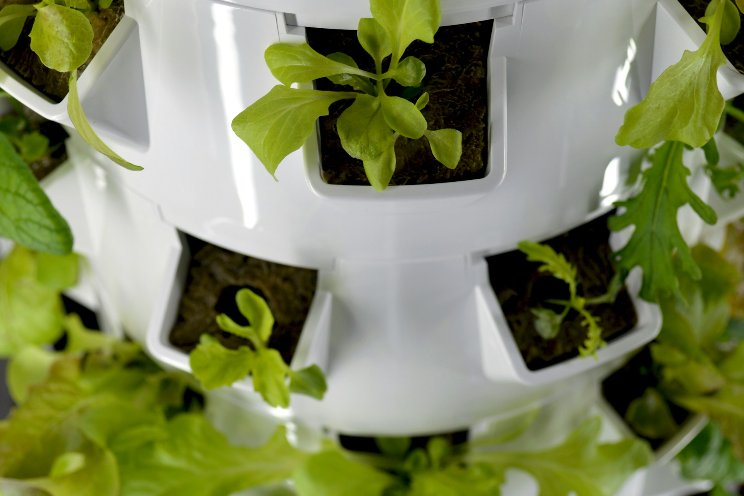Microgreens: Superfoods for the future, easy to grow
Added on 13 February 2024
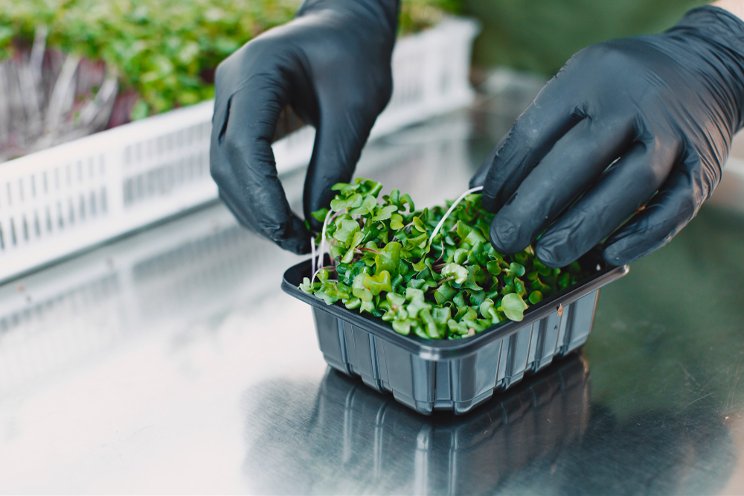
What are microgreens?
Following shifting trends in general health, most notably the introduction and increasing adoption of the suboptimal Western diet, a global inadequacy in vitamins and minerals has been observed. When combined with the growing human population and climate-change-mediated reductions in conventional agricultural production, a need arises for novel functional foods characterized by short turnover times, drought resistance, and the convenience of urban farming (vertical farms, hydroponics, greenhouses, and aquaponics).
As a conflux of medical, nutritional, and biological knowledge, microgreens are one such innovative functional food. 'Microgreens' is the colloquial term for the young seedlings of edible vegetables and herbs that have not yet developed cotyledonary leaves. Research has revealed that these plants have nutritional content equal to or exceeding 40 times their adult (mature vegetable) counterparts. When combined with their validated health and beauty benefits, cultivation versatility and resilience, and positive environmental impacts, microgreens are gaining substantial interest as the food of the future.
"Since microgreens are a relatively new specialty food, there is not yet a large body of study on their nutritional content and health benefits."
The evolution of microgreens
While the term 'microgreens' is relatively novel, the practice of consuming unripe vegetables has been prevalent for decades. Some authors attribute the advent of modern microgreens to chefs' gardens during the 1980s in the United States of America (US), where vegetables were grown, shipped, and consumed in their immature state. This practice was further popularized by trendy eateries that targeted the fitness and health-conscious when marketing microgreens as more nutritious than their mature counterparts.
Image by prostooleh on Freepik
More news

